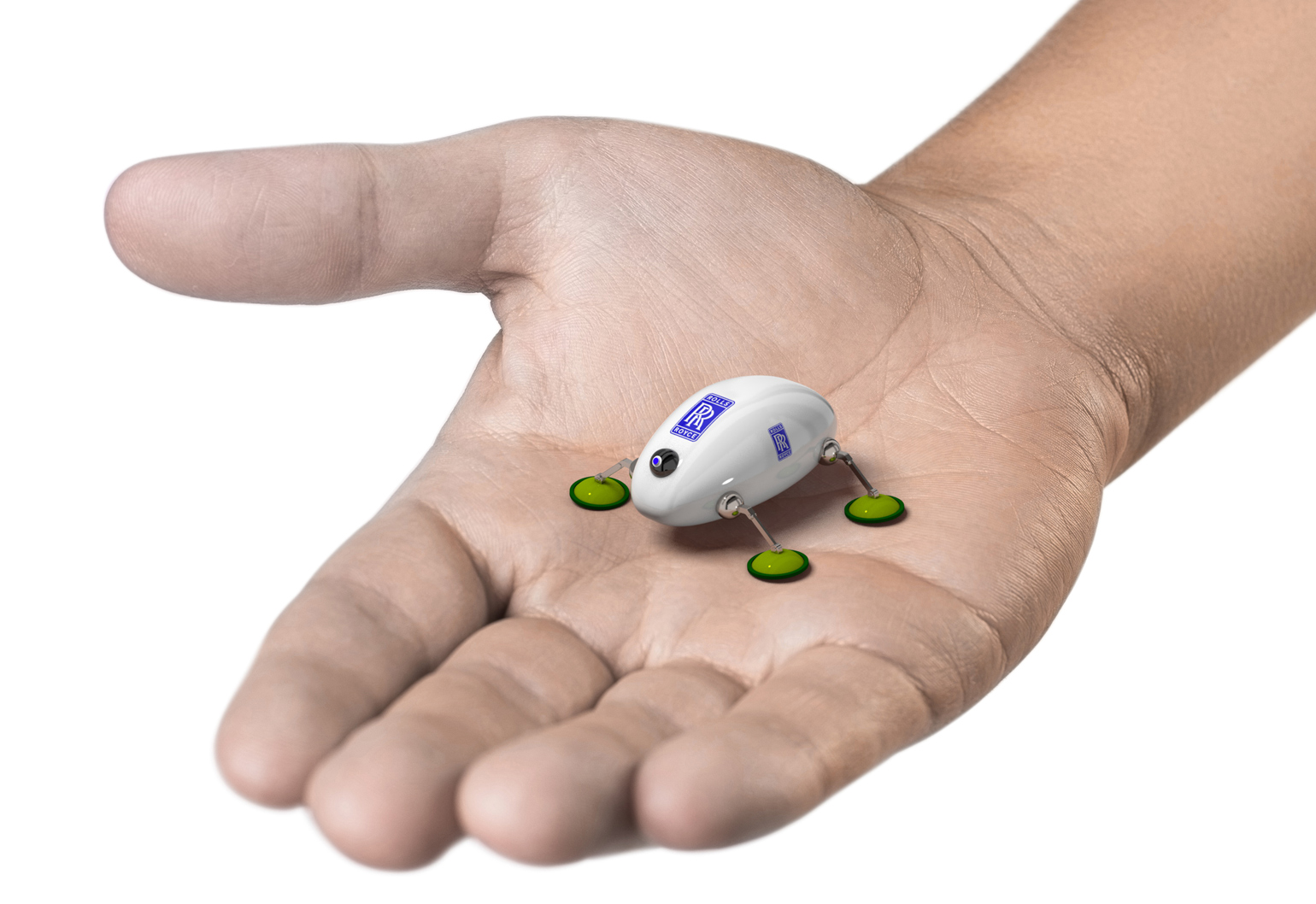While CRISPR gene editing has the potential to treat diseases from HIV and blood-disorders to cancer, a recent UK study has found the technique might cause more cell damage than originally thought.
The study, published in Nature Biotechnology, recommended specific testing for emerging and future CRISPR therapies, as resulting damage might not be detected with standard tests.
Research author Professor Allan Bradley, from the Wellcome Sanger Institute in Cambridge, UK, said the study was the first systematic assessment of unexpected events resulting from CRISPR editing in therapeutically relevant cells, and found that changes in the DNA have been seriously underestimated before now.
“It is important that anyone thinking of using this technology for gene therapy proceeds with caution and looks very carefully to check for possible harmful effects,” he said.
Unexpected mutations
CRISPR (which has the full title of CRISPR-Cas9) works by cutting genomes in precise locations and introducing new genetic material to replace the material removed. Its potential applications in humans include correcting genetic mutations or inactivating genes that cause diseases such as sickle cell anaemia, HIV or certain kinds of cancer.
At China’s Hangzhou Cancer Hospital, the technology is being used in clinical studies of human patients suffering from oesophageal cancer. Cells are removed from patients’ immune systems and edited using CRISPR with the aim of improving their ability to fight tumours when they are returned to the patients’ bodies.
More controversial applications include ‘citizen scientists’ outside academia using CRISPR to biohack their own cells; and the ethical dilemma of whether to edit human sex cells or embryos to remove inherited diseases or cancer predispositions.
While previous research has not revealed a large number of unexpected mutations at the editing site, the Wellcome Sanger study found that CRISPR editing can lead to significant DNA insertions or deletions at some distance from the target.
Some of these changes would escape detection by standard genotype testing, as they were not close enough to the editing site.
Michael Kosicki, lead author of the Wellcome Sanger paper, said his initial experiment used CRISPR as a tool to study gene activity. However, it became clear that something unexpected was happening.
“Once we realised the extent of the genetic rearrangements we studied it systematically, looking at different genes and different therapeutically relevant cell lines, and showed that the CRISPR-Cas9 effects held true,” Kosicki said.
Safety is key
While the Wellcome Sanger study raises concerns over the safe use of CRISPR therapies in humans, other experts say that its findings might not be a show stopper.
Dr Robin Lovell-Badge from the Francis Crick Institute in London told The Economist that the study focused on a technique known as ‘non-homologous end joining’, which he said was less trustworthy than other approaches to CRISPR.
“It is not clear that the specific protocols used in the paper would relate much to any sensible use of genome-editing clinically,” Lovell-Badge said.
Lovell-Badge also stated that the impact of any gene editing tool would depend both on the changes made and the kinds of cells being modified.
However, as the Wellcome Sanger paper concludes, the results highlight the need for a focus on safety, caution and extensive testing to ensure that unintended consequences do not result from future human gene editing therapies.
“As genetic damage is frequent, extensive and undetectable by the short-range PCR [polymerase chain reaction] assays that are commonly used, comprehensive genomic analysis is warranted to identify cells with normal genomes before patient administration,” the study said.



